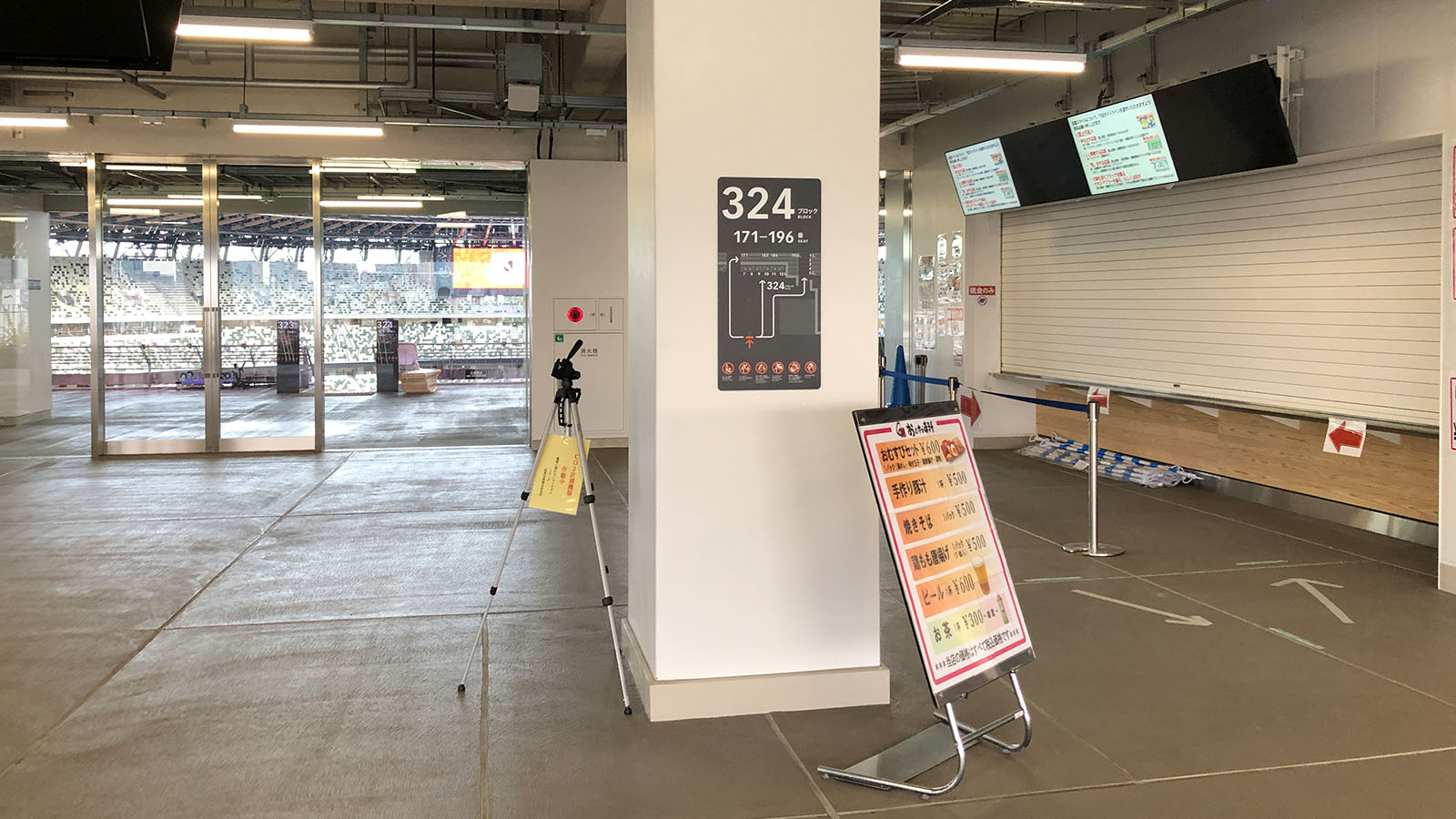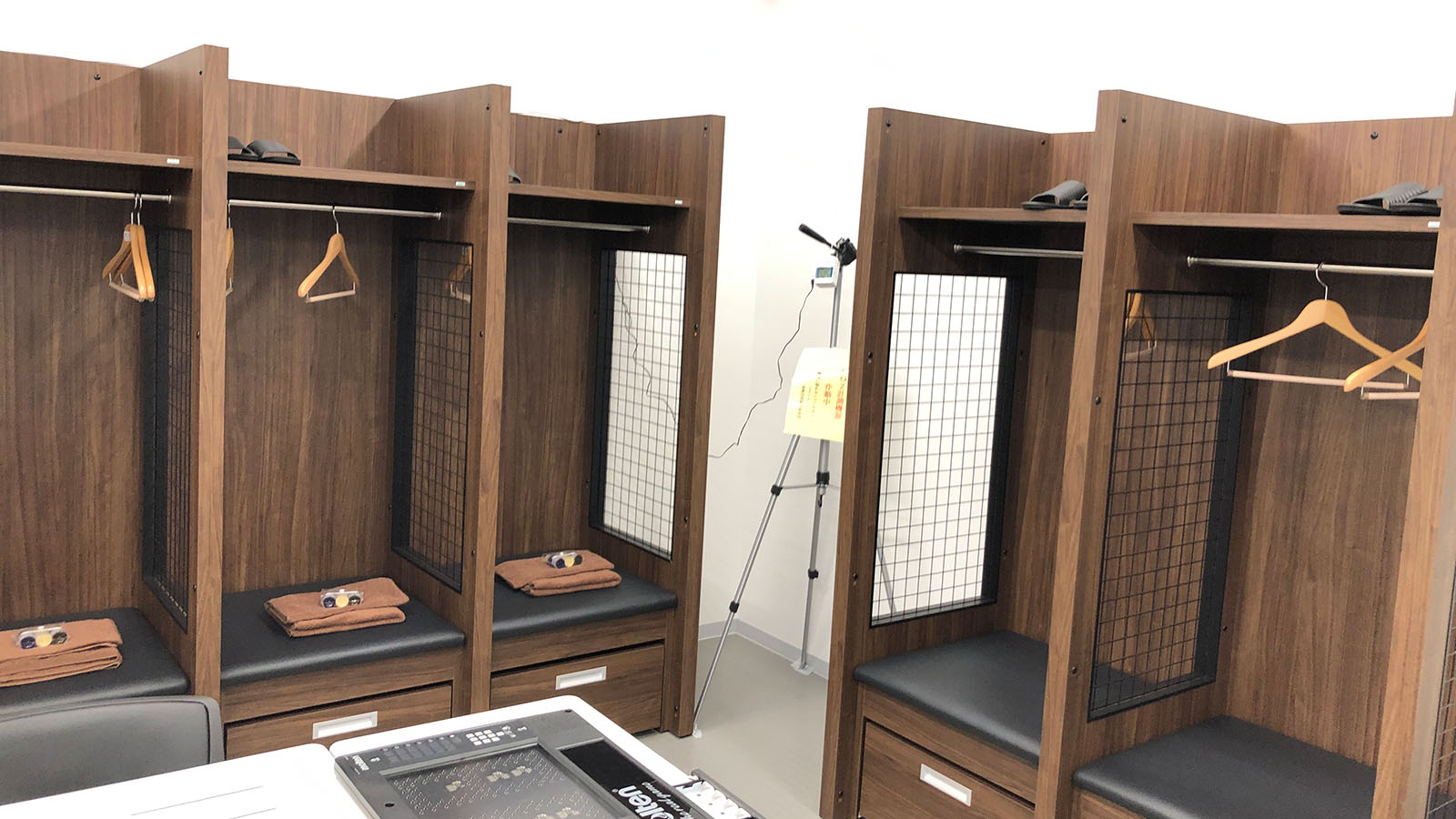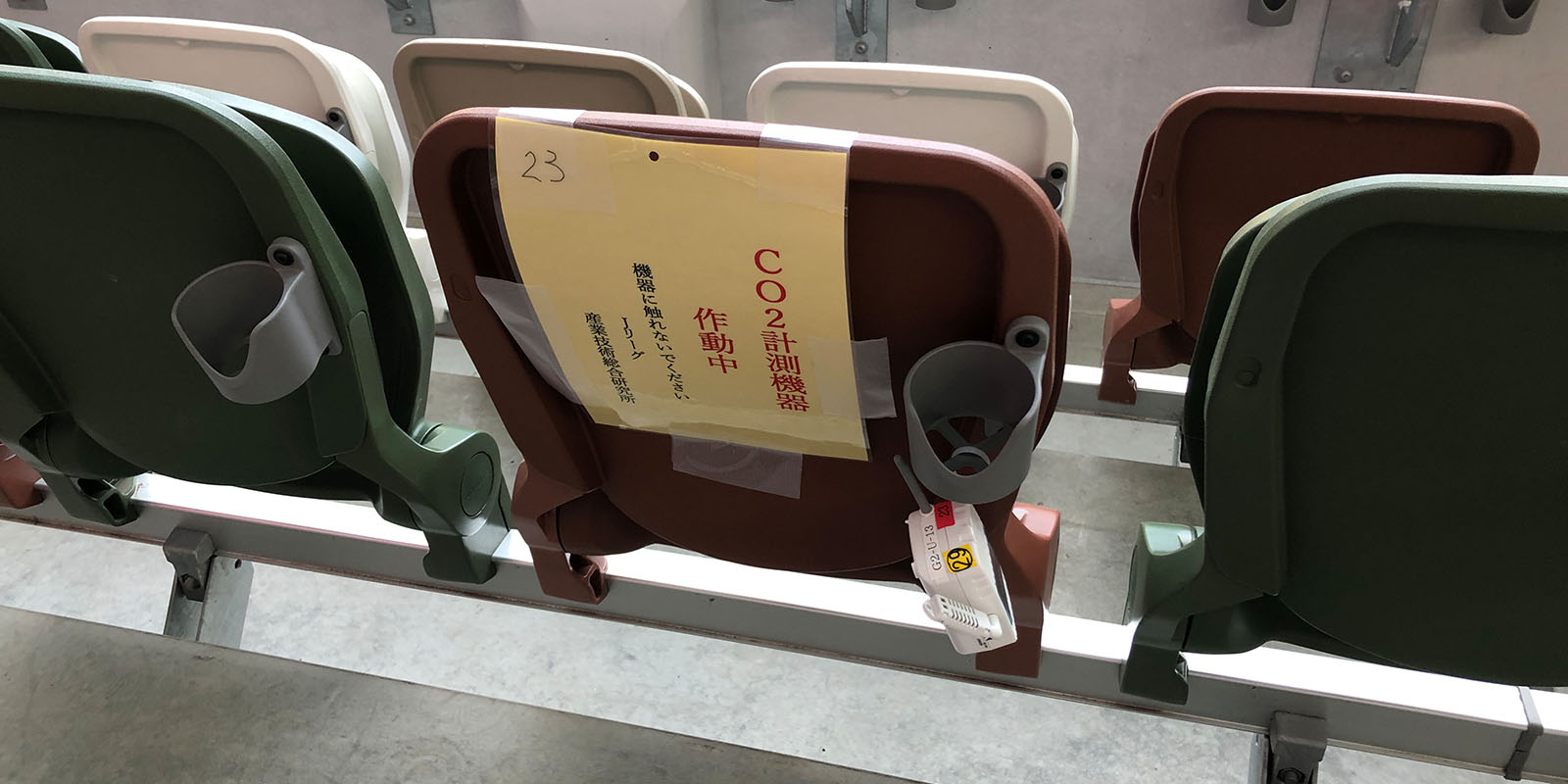Playing safe
Hidekazu Kido, the Japan Sport Council’s National Stadium Service Division Manager, tells Genya Aoki his plans to make the arena Covid-secure
Spectator sports did not have a good 2020. As Covid-19 infections rose, sporting events were either postponed, canceled or played behind closed doors. The most high-profile casualty was the Tokyo 2020 Olympic and Paralympic Games, which was delayed for a year – and questions remain about the feasibility of holding an international event safely in 2021. Hidekazu Kido, the Japan Sport Council’s National Stadium Service Division Manager, acknowledges that it is a difficult time, but also believes that the communal atmosphere sport can create is much needed in the world. “I feel that expectations and interest in watching real, top-level sports are increasing,” he says. “We would like to play a role in bringing it back.”
Social activities around the world have changed due to coronavirus, so too must the Olympic and Paralympic Games
Plans to revive spectator sports are focusing on the Japan National Stadium, a 60,000-capacity arena that should have been packed for the opening and closing ceremonies of Tokyo 2020, before Covid-19 left it silent. Kido has been working tirelessly to bring fans back safely. “Stadium and event organizers need to take appropriate measures to keep infection in check,” he says. “Each event organizer is implementing their own procedures.”
 Carbon dioxide monitors at the concourse of Japan National Stadium
Carbon dioxide monitors at the concourse of Japan National Stadium
So far those measures have included temperature checks for staff, the thorough ventilation and disinfection of areas throughout the stadium, and the introduction of a zone system to prevent temporary crowding.
The efforts were rewarded in January 2021 when over 20,000 soccer fans returned to the stadium to watch the 2020 J. League YBC Levain Cup final between Kashiwa Reysol and FC Tokyo. In preparation for the match, originally scheduled for November 2020 but postponed due to Covid-19 infections within the Reysol team, sensors measuring the concentration of carbon dioxide were installed in more than 37 spots throughout the stadium to measure air stagnation and evaluate the effectiveness of ventilation. These investigations showed that there was essentially no air stagnation in the bleachers. However in other places where spectators gathered in large numbers over short periods of time, such as the washrooms and by the entrance gates, the concentration levels were higher, leading to further improvements.
Stadium and event organizers need to take appropriate measures to keep infection in check
 Carbon dioxide monitors in the changing rooms
Carbon dioxide monitors in the changing rooms
According to Kido, the key to holding future events on the scale of the Levain Cup final is making sure that both stadium and event organizers make appropriate use of what they have learned so far and continue to place sufficient emphasis on preventing infections. “Building on the insights we gained in January, we are working together with experts and event organizers to provide a better and safer experience for all spectators,” he says. “The specific measures that need to be taken vary by sport and event, and we do our best to share knowledge gained at past events with each organizer.”
We are looking into accepting spectators while taking infection prevention measures into consideration
While Kido and his team are working toward reopening the stadium for large-scale spectator events, the Japan Sport Council’s point man at the nation’s centerpiece venue is not one to rush things. “We recognize the concerns many still have about masses of people gathering in one place,” he underlines. “I think assuring people that they’ll be safe is paramount. While it isn’t possible to pack the stadium with 60,000 spectators right now, we offer video tours on our website that let people take a look inside from home.”
 Carbon dioxide monitors showed that there was essentially no air stagnation in the bleachers
Carbon dioxide monitors showed that there was essentially no air stagnation in the bleachers
When athletes can again take to the Japan National Stadium to deafening applause is unclear. But once that happens, it will be the result of an extraordinary team effort by sportspeople, scientists, officials, and administrators – and they will deserve the loudest ovation of all.